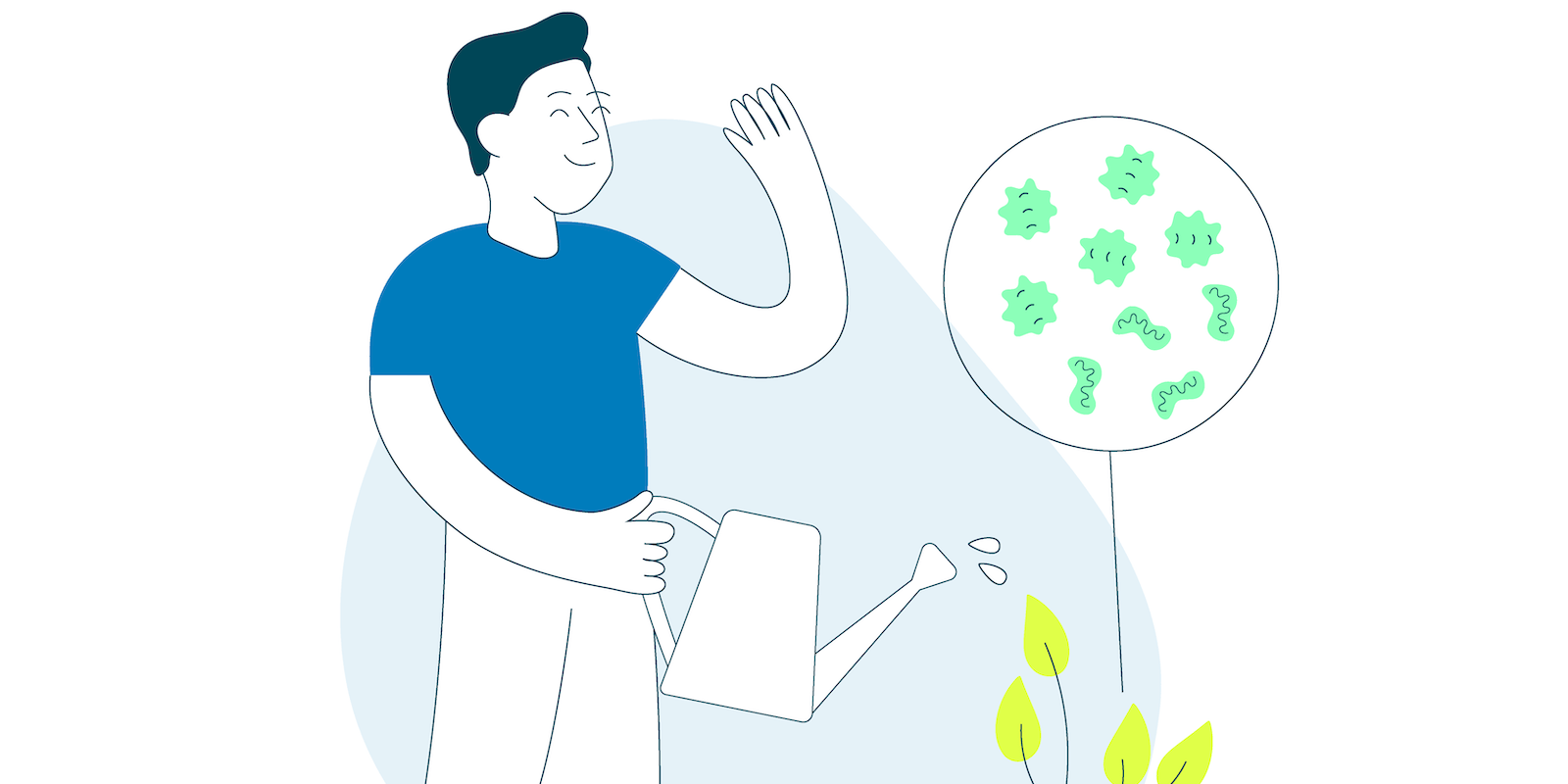Tuesday, July 15, 2025
Wooldreamers arose with a three-fold mission: revalue wool, dignify the occupation and regenerate the land. We spoke with its leader, Ramón Cobo, about how the revitalization of the wool sector can contribute to regenerating the environment and strengthening the primary sector.
By Inma Mora Sánchez
Your story is closely linked to your family and to tradition, but also to a change in the way we look at natural resources. How did Wooldreamers emerge?
It arose from the need to create a change in the family trade that we had been carrying on for more than four generations. More than 85% of the wool textile industry was destroyed and we were one of the few businesses left. We are trying to create a change to help with a re-appraisal and recognition of the dignity of this trade and the raw material, and we wanted to do it through systems of grazing and production that improve and regenerate the environment.
Despite being a high-quality raw material, wool has often been classified as waste. How did such a valuable fiber lose its place in the market?
The main problem for wool is the overuse of synthetic fibers. Wool was once one of the most commonly used natural fibers, but now it does not account for even 1% of the global fibers used in the textile industry. Synthetic fibers do not reflect their true environmental and social cost in their price. Therefore, we must see it as our responsibility to improve not only rural communities, but also the environment and our ecosystems.
There is growing interest in natural fibers such as wool, but their sustainability largely depends on the production model. What makes the wool that you produce really sustainable?
Our model is based on environmental protection and the economic, social and cultural protection of the communities involved in the process. We want chains to be empowered and receive fair and equitable remuneration so they don’t disappear. So by means of production that is ethical and quite painstaking, we strive to create a positive impact in every phase of wool production. For us, excellence isn’t to be found in the final result, but rather in every small phase that leads to this final result.
We make use of grazing that is regenerative, extensive, rotational, and transhumant. This type of grazing regenerates ecosystems. That is, not only does it not degrade the countryside, but it leaves it better than it was. In addition, our production processes are local. Our work takes place within a radius of about 300 or 400 kilometers and we seek to ensure the utmost social, environmental and economic responsibility in order to maintain a value chain that is both local and transparent .
In a globalized market, what do you need in order to achieve and sustain the type of value chain you’re aiming for in Wooldreamers?
We need a lot of education. Support from institutions and all kinds of actors is needed to educate people and convey to them the benefits of creating a short-haul value chain. Also needed is research that brings to light the positive effects of creating these value chains, as well as the negative ones so we can improve them. And, also, unity. Right now, we are seeing the beginning of a movement, a community.
Wool4Life is the natural outgrowth of Wooldreamers. What is this project and how is it structured to generate a positive impact?
Wool4Life is working along three lines. First, the conscientious production of locally made wool items using the raw material from Wooldreamers. Second, a research and training center focused on exploring new uses of wool and passing on traditional know-how. And, then, a line for collaboration that is open to brands and designers who want to generate a positive impact in the value chain by using wool responsibly.
Your project shows that tradition and innovation are not enemies. What technological advances or changes in the production process have you implemented without neglecting the artisanry of it?
We have recovered traditional fabrics because we believe it is part of our culture, and it is a way to create items without overproducing, without generating a severe high environmental impact. We are also developing a traceability program to connect the source of the material and the end consumer, so that they can see the full story of the transformation and all the people who are involved in the process. We want to create a community and a bridge to the end consumer so that, even if they are miles away from here, they can learn about the source of the material and even engage in conversation with the people who made it possible.
What sort of activities is the company organizing to contribute to the development and well-being of the local community?
We have several initiatives, such as supporting centers for people with disabilities, where we carry out part of our process. We are also doing educational work to create cultural awareness in communities that are reliant on wool, doing our part and highlighting the importance of supporting the primary sector. For me, it doesn't make sense to use a product that’s natural if we aren’t caring for the communities that produce it.
What do you think is needed for more young people to make the choice to start a business in rural areas and revitalize trades related to the land and care for the environment?
In rural areas, agriculture, livestock, and old trades like ours should have greater social value. I think the recognition and the upholding of the dignity of these trades are the best incentive for young people to begin to value them and feel attracted to them.
¿Te ha parecido interesante?





